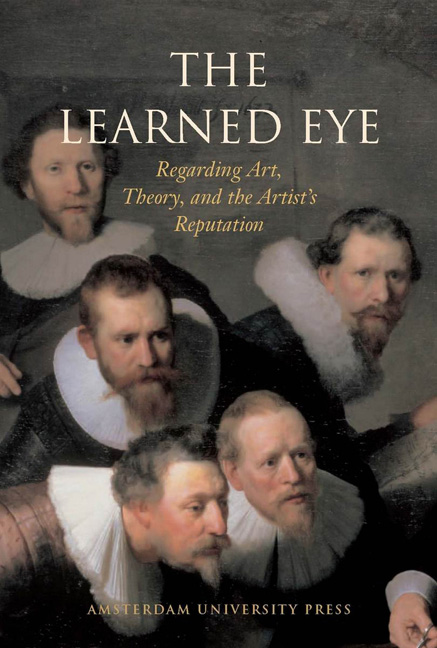‘Pour mon honneur et pour Vostre Contentement’: Nicolas Poussin, Paul Fréart de Chantelou and the Making and Collecting of Copies
Published online by Cambridge University Press: 25 January 2021
Summary
On 25 July 1665, Gian Lorenzo Bernini visited Paul Fréart de Chantelou's collection in the latter's Paris residence on the Rue Saint Thomas du Louvre. With the permission of his patron, Pope Alexander VII, Bernini had travelled to France to work on the expansion of the Louvre. Louis XIV excused Chantelou from his duties at court as maitre d’hotel in order to assist the celebrated Italian architect and sculptor during his approximately five-month sojourn in the French capital. Chantelou kept a diary during this period in which he assiduously charted the progress of the Louvre expansion plans as well as the opposition Bernini faced in carrying out this undertaking. In his Journal Chantelou also gave a meticulous account of Bernini's other projects at the French court, including his portrait bust of Louis XIV. Moreover, he recorded the comments Bernini made on a range of artistic matters during their almost daily meetings in Bernini's Parisian quarters, the hôtel de Frontenac, or on their outings. Together they visited royal palaces and other worthy edifices, and institutions such as the Gobelins tapestry factory and the Académie royale de peinture et de sculpture, as well as art dealers and private collections.
One of the subjects Bernini touched upon was the quality of works of art he had seen, particularly those by Italian painters and artists active in Italy. The increasing number of collectors in France in the course of the seventeenth century contributed to the growing interest in the specific features and qualities of a given artist. This interest was expressed in discussions about attributions and the authenticity of individual works of art. Traces of this are also found in Chantelou's Journal, for example with respect to two versions of a Holy Family by Raphael, one in the collection of Louis XIV and one in that of Cardinal Mazarin. Opinions differed as to which one was the original. Upon visiting Mazarin's collection, Bernini asserted that the version before him was not autograph. He pointed to a hand in the painting saying that such details gave a work away. According to Bernini, its maker had to be Giulio Romano, and not Raphael.
- Type
- Chapter
- Information
- The Learned EyeRegarding Art, Theory, and the Artist’s Reputation, pp. 181 - 189Publisher: Amsterdam University PressPrint publication year: 2005



